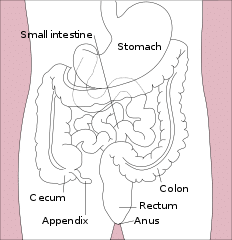Author Interviews, Neurological Disorders, Parkinson's / 15.04.2020
Why Do the Identical-Looking Brain Hemispheres Act Differently?
MedicalResearch.com Interview with:
Dr. Viviane Labrie, PhD
Dr. Labrie is an associate professor in Van Andel Institute’s Center for Neurodegenerative Science, where she studies Parkinson’s, Alzheimer’s and other neurological diseases.
MedicalResearch.com: What is the background for this study?
Response: One of the most puzzling and persistent mysteries in neuroscience has been why some people are “right-brained” while others are “left-brained.” The two sides of the brain have different jobs. The left side is analytic and problem-solving, while the right side manages creativity and artistic talents. But despite their differences, the two sides are composed of the same cell types — essentially, brain neurons and their support cells. In this study, we sought to understand how it is possible for these cells to behave completely differently depending on what hemisphere they’re located in.
We also wanted to examine the reasons behind asymmetry in Parkinson’s disease; that is, why Parkinson’s symptoms typically start on one side of the body before the other. This asymmetry in neurodegeneration and symptoms in patients is one of the biggest unsolved puzzles in the Parkinson’s disease field — why do brain cells in one hemisphere begin dying before brain cells in the other hemisphere? (more…)


